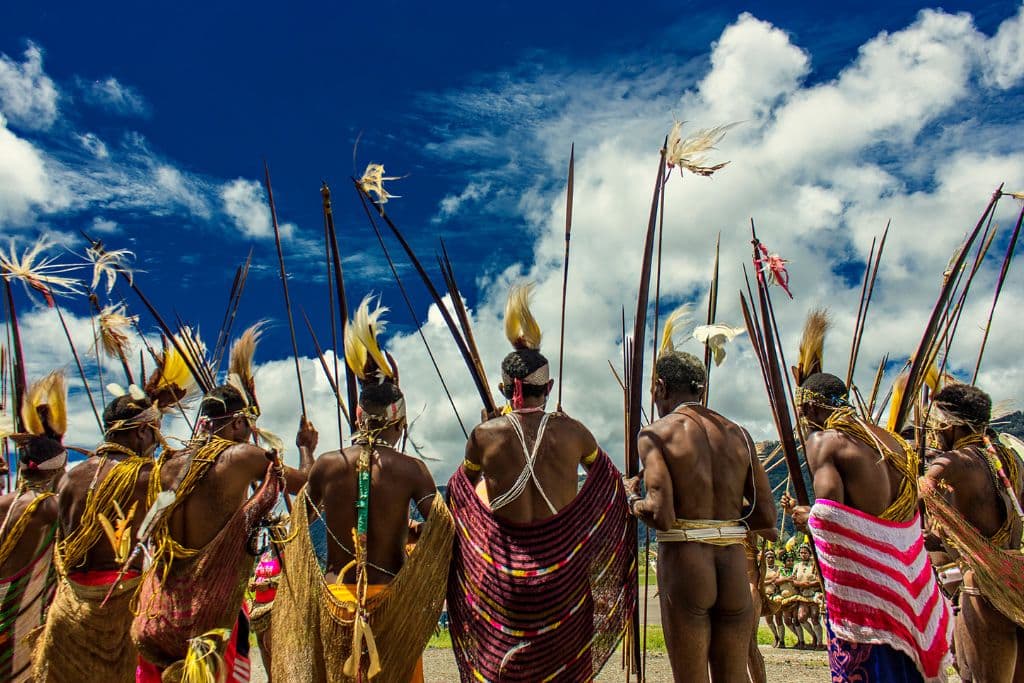As we look to protect our planet over the next decade, we cannot afford to ignore the role that indigenous people and local communities can and do play in the conservation of our most precious, biodiverse lands. In this op-ed, Daniel Kaul, CEO of nature conservation tourism company Natucate, discusses the role of Indigenous people in preserving ecosystems and preventing biodiversity loss as well as the necessity to protect their rights and conservation efforts.
—
In the words of UN chief António Guterres, COP15 was a “historic peace pact with nature,” which would see 30% of land and sea protected by 2030, a target known as the 30×30.
Many compared the “historic” COP15 agreement to the UN landmark Paris Agreement, with which countries agreed to limit global warming to 2C and ideally keep it closer to 1.5C, however, there is a glaring oversight. The agreement fell short of explicitly recognising indigenous people’s lands and territories as a separate category of conserved area, which ultimately threatens their rights.
Indeed, when Indigenous spokespeople are only given approximately three minutes to contribute to negotiations and are expected to represent the 10,000 Traditional Nations across the globe, we can rightly ask ourselves whether Indigenous populations are really included in these talks at all.
There is a fundamental misunderstanding at the core of the conservation conversation.
In many places across the world, conservation happens as a result of local, indigenous populations, not in spite of them. Research shows that while the world’s 370 million indigenous people’s make up less than 5% of the world’s total human population, they manage over 25% of the world’s land surface, and support 80% of the world’s biodiversity.
As we look to protect our planet over the next decade, we cannot afford to ignore the role that indigenous people and local communities can and do play in the conservation of our most precious, biodiverse lands.
You might also like: The Remarkable Benefits of Biodiversity
According to a report by the ICCA Consortium, areas that remain ecologically intact due to conservation practices of Indigenous peoples or local communities cover an estimated 21% of land on Earth, whereas land that is protected by countries, and designated as conservation areas by bodies like UNESCO, World Wildlife Fund (WWF) or the Nature Conservancy cover just 14%.
This is, of course, a question of justice. In the past, a failure to respect the value of Indigenous stewardship of our land has led to mass displacement; some estimates predict that some 10 million people in developing countries have been displaced by governments in efforts to conserve our wildlands. Even those who are not displaced find their traditional fishing and hunting practices outlawed, with consequences on their livelihoods.
Take for example the Masaai people of the Serengeti, a geographical region in Africa, spanning northern Tanzania. When the Serengeti-Ngorongoro region was divided into the Serengeti National Park and the Ngorongoro Conservation Area, Maasai herders were restricted from areas in the Serengeti national park and seasonal migration patterns were disrupted. This led to overgrazing, whereby too many wild animals graze the land, leading degraded soils, which can lead to reduced plant growth, and even desertification.
Similarly, in countries like Australia, India, and Bali, native peoples have used controlled burning, grazing and construction of canals to maintain ecosystems. When these formally government protected areas can see these practises banned, the rise of invasive species frequently occurs.
You might also like: Invasive Species: How Concerned Should We Be?
Centuries of ecological and spiritual insight is passed down through generations. For example, the 50,000 year-old Aboriginal principles of never exhausting the land fits perfectly with modern sustainability principles.
Ultimately, we have to understand that conservation is an active process rather than a passive one. We have to understand that humans are not only guardians of the ecosystem, but an integral part of the ecosystem themselves.
I have seen this first hand. As the owner and CEO of a conservation tourism company, I know that it is Indigenous populations who intuitively understand how best to preserve our land. And it is crucial that politicians and conference delegates understand that as well.
As we approach the crucial decade for conservation we have ever faced, we must not be tempted to assume that all human populations have a detrimental impact on the land. A top-down approach to conservation will never work. Local understanding, wisdom and practices will remain a crucial tool in preserving the lands that our species rely on.
We need more biodiversity funding for local communities to spend in whatever way they see fit. Canada’s historic $800 million in funding over seven years for Indigenous-led conservation projects should serve as inspiration. Startlingly few politicians have followed in Justin Trudeau’s footsteps.
Similarly, we need members from local communities to be fairly represented at COP conferences, to relay what the reality is on the ground. Having only three minutes to represent the concerns of 10,000 Traditional Nations groups is nothing more than a tick-box exercise. Indigenous populations need meaningful inclusions in the dialogue, if we are to have a realistic chance of preventing a global mass extinction of species.
Fundamentally, we need to imagine a model of conservation that includes those who have done it effectively millennia, instead of forgetting them from the equation.
You might also like: The Role of Indigenous Knowledge in Climate Change Adaptation In Bangladesh and the Philippines

















